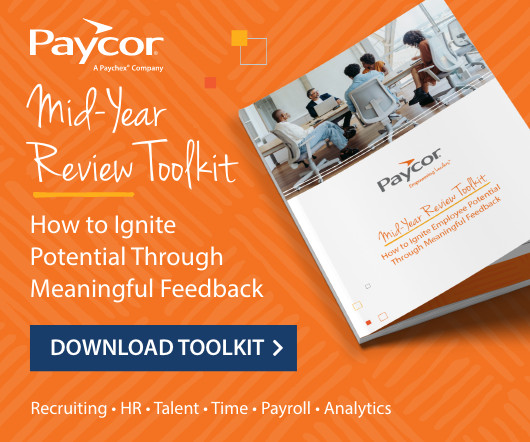Private placement definition
Accounting Tools
SEPTEMBER 2, 2023
Related Courses Corporate Cash Management Corporate Finance Treasurer's Guidebook What is a Private Placement? A private placement is the sale of a security to a small number of investors. Issuing entities are interested in private placements because these transactions avoid the time-consuming process of having securities registered for sale to the general public through the Securities and Exchange Commission.



























Let's personalize your content